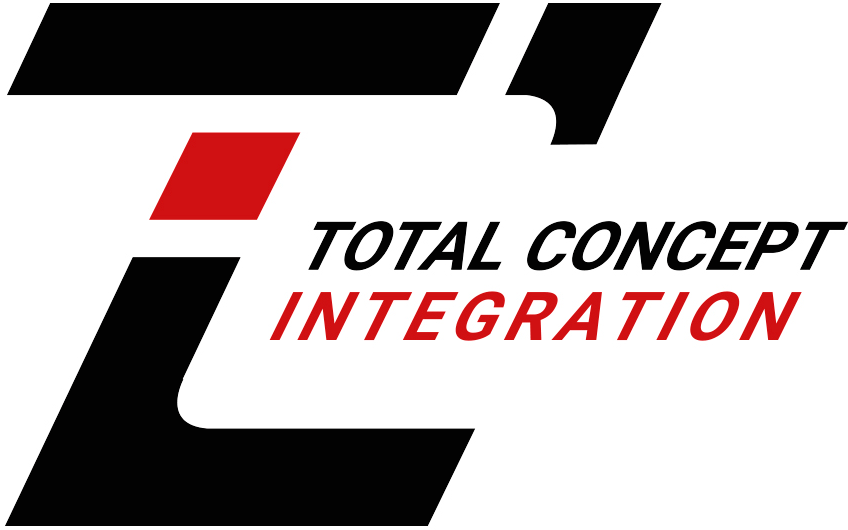Retail Digital Signage
Due to advances in technology, many traditional forms of retail advertising are increasingly viewed as old-fashioned and ineffective. We’re now well beyond the era when retail stores could expect to rely on printed posters, posed mannequins, and similar displays to advertise their wares. In a high-tech society, these kinds of installations just aren’t sufficient to provide a first-rate shopping experience.
We live in a digital age—and retail stores need to take that into account when devising strategies to capture the attention of busy consumers. That’s why eye-catching digital signage is becoming more common in shopping malls and retail stores. Its popularity will undoubtedly continue to rise in the coming years. Total Concept Integration (TCI) is the partner you need to take full advantage of this trend.
Let’s look at the ways that digital signage installations can enhance your retail locations.
WHAT IS RETAIL DIGITAL SIGNAGE?
Retail digital signs are essentially LED panels that are intended to display visual content, much like a computer monitor. They come in a variety of shapes and sizes to accommodate the display opportunities and space limitations of a typical crowded retail shop. They can be attached to walls or pillars, set up as freestanding kiosks, placed on mobile carts, or suspended from a ceiling. It’s even possible to use handheld devices that display digital content for the convenience of shoppers, such as a price check on an item.
Although digital signage for retail stores typically display content on a predetermined schedule, some types of signs are interactive. These signs allow the user to press on the screen to alter the content being displayed. In a retail environment, this feature is often used to display additional information about the products on the shelves.
BENEFITS OF DIGITAL SIGNAGE
Retail digital signage provides a number of advantages that standard promotional materials cannot match, including:
Reduces waste – Using digital signs allows stores to eliminate the waste involved with printing up paper fliers, cardboard stands, and related advertising aids. It’s a simple matter to alter the content of a digital display. Digital signage software allows these changes to be performed electronically. Nothing needs to be removed from the floor and thrown away.
Dynamic advertising – Compared with standard ads, digital displays with moving graphics and images are better at capturing the attention of passers-by. This can enhance the customer experience and increase sales.
Real-time updates – Unlike physical signs, digital displays can be instantly changed when necessary. With help from a WiFi or Ethernet connection, a digital sign can instantly announce a flash sale for in-store shoppers, inform everyone that closing time is approaching, and convey health/safety information (such as in-store mask policies) in real time.
Promotes social distancing – In the COVID era, digital signage can supply info that normally would require an on-the-floor employee. For instance, a shopper might use an interactive sign to check whether a certain item is in stock. This reduces the incidence of face-to-face encounters between employees and shoppers, which in turn lowers the risk of infection from airborne microorganisms.
From offering on-the-spot entertainment content to broadcasting useful shopping data, there’s almost no limit to the kind of content that digital signage can show.
AREAS FOR DIGITAL SIGNAGE
Retail digital signs can be set up in a wide range of locations inside a retail store. The most common spots for digital signs are:
Front entrance – Street-facing digital signage at the entrance or front window display of the store can grab the attention of pedestrians and entice them to check out the attractions inside. Signs in this location are generally used to broadcast a brief “pitch” about the store or announce an important sales event. Because their primary purpose is to get people into the store, front entrance displays are often large and splashy, with no elaborate messaging.
Curbside pickup areas – This shopping option is another retail trend that has skyrocketed in popularity in recent years. Weatherproof digital signs in these areas can help drivers find where they need to be.
Shopping areas – Digital signage can be used to transmit product information to customers who are deciding on what to purchase, such as a current sales promotion. Sometimes they are also used to show the company’s social media feed. By increasing consumer “dwell time” on the floor, these displays raise the likelihood that a customer will make a purchase. Interactive signs are particularly useful for helping shoppers discover information about the items on sale nearby. Placing these kinds of signs around checkout areas can encourage impulse purchases.
Employee areas – Digital signage solutions aren’t just for boosting customer engagement. They can also be used in break rooms and other employee-only areas to communicate important messages to personnel. Workers can consult digital displays to check work schedules, performance data, internal announcements (such as Employee of the Month recipients), and related info.
These are just the more common options for digital retail displays. These signs can be set up practically anywhere at your retail location. The broad selection of available retail signs means it’s easy to find solutions that work for your space.



